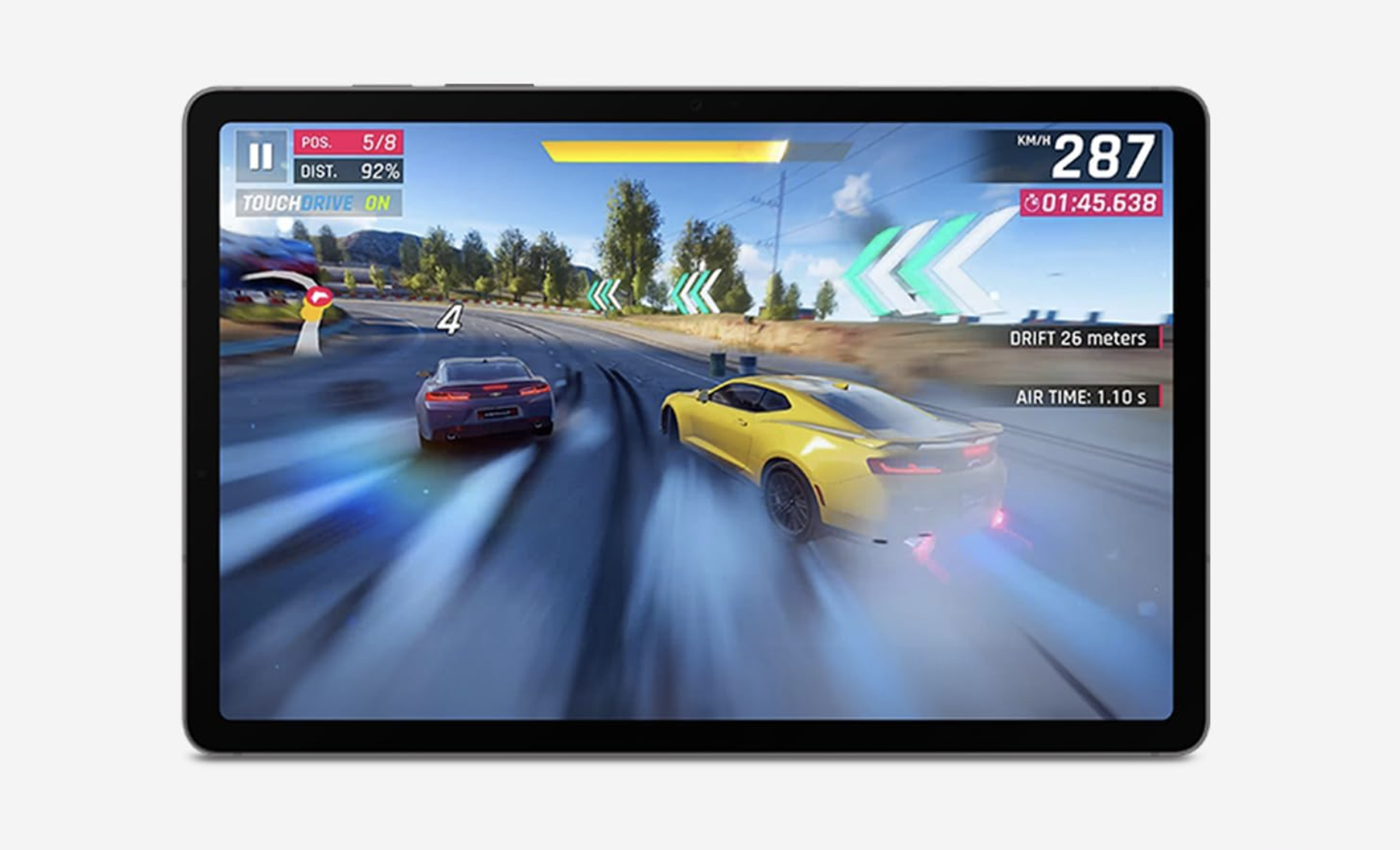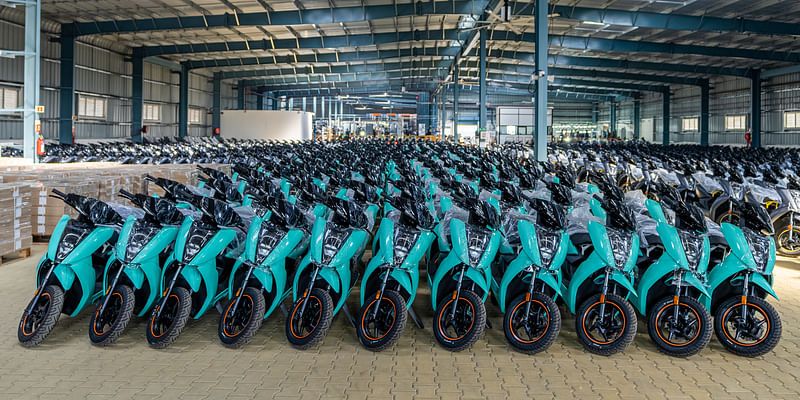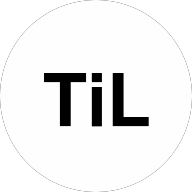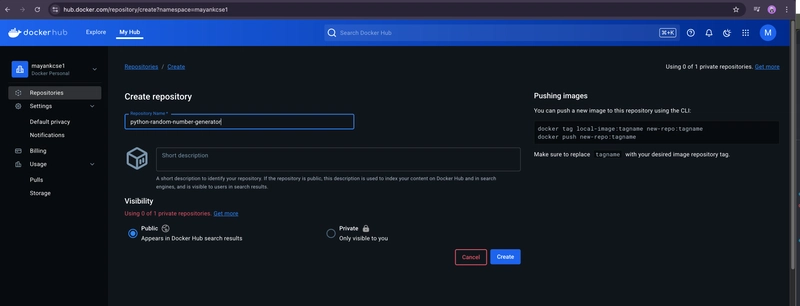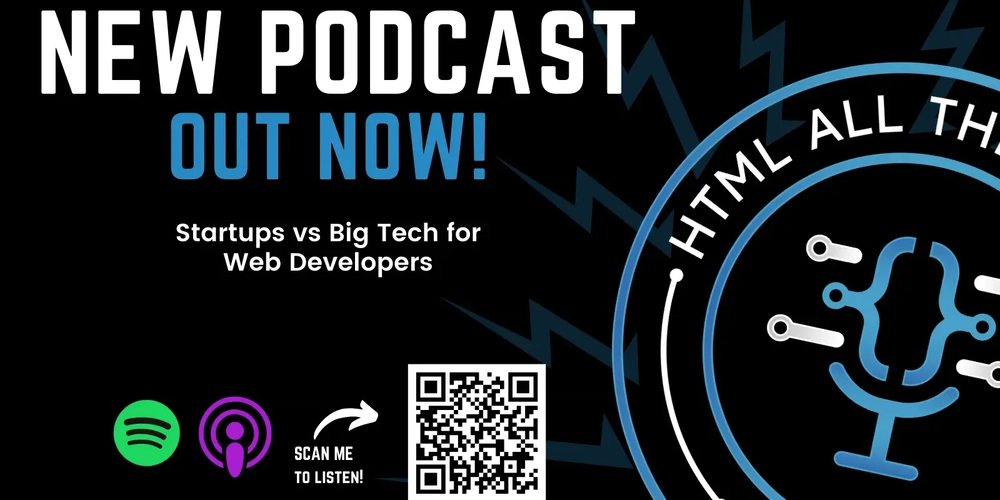Blockchain, NFTs, and Open-Source Technologies: A Sustainable and Innovative Future
Abstract This post explores how blockchain, non-fungible tokens (NFTs), and open-source licensing converge to forge a sustainable and innovative digital ecosystem. By detailing key concepts like decentralized ledgers, smart contracts, and tokenized rewards, we present practical use cases, applications, and future innovations that address environmental concerns and technological challenges. We also analyze regulatory, technical, and economic hurdles while linking to authoritative sources such as the Original Article, Copyleft Licenses Ultimate Guide, and other trusted resources. Finally, we explore community-driven models and funding strategies that ensure sustainable open-source development and digital asset management. Introduction In today’s rapidly evolving technological landscape, blockchain, NFTs, and open-source technologies are redefining how we approach sustainability and innovation. These tools are not only transforming industries but also paving the way for greener practices and decentralized governance. By integrating these diverse yet interrelated domains, businesses and developers can harness transparency, accountability, and community collaboration. This post delves deep into the core components of these technologies, their historical contexts, and the transformative roles they play in addressing modern-day challenges. Background and Context Blockchain technology was originally introduced as the decentralized ledger behind cryptocurrencies like Bitcoin. Over the years, its application has expanded into various fields such as supply chain tracking, digital identity management, and even environmental conservation. The decentralized nature of blockchain ensures immutability, transparency, and decentralized governance through consensus mechanisms—whether via Proof of Work (PoW) or its greener counterpart, Proof of Stake (PoS). NFTs (Non-Fungible Tokens), meanwhile, have become synonymous with digital art, collectibles, and digital ownership, despite once raising concerns over energy consumption. By transforming digital assets into unique, tokenized records on a blockchain, NFTs validate ownership and authenticity. Industry trends suggest that eco-friendly protocols and optimized transaction methods are steadily reducing their environmental impact. Meanwhile, open-source licensing empowers developers with the freedom to collaborate, share, and innovate. Transparent licensing models such as those detailed in the Copyleft Licenses Ultimate Guide ensure that intellectual property is both protected and shared in a manner that fuels innovation. Today’s ecosystem, which integrates blockchain with open-source principles, often leverages tokenized rewards to incentivize contributions and maintain financial sustainability. Together, these technologies form a robust, interlinked ecosystem that: Drives decentralization and enhances data security. Utilizes smart contracts to automate complex processes. Employs tokenization to ensure fair and transparent reward systems. Supports sustainability through eco-friendly innovations across digital and physical frameworks. Core Concepts and Features Blockchain Fundamentals Blockchain operates as a decentralized ledger maintained by a network of nodes. Its major features include: Transparency: Every transaction is recorded for public verification. Immutability: Once added, data is permanent. Decentralized Governance: No single entity controls the network. Technically, blockchain relies on cryptographic algorithms and consensus mechanisms like PoW and PoS. While PoW used in early implementations such as Bitcoin is energy-intensive, PoS offers a greener approach. This shift is critical for reducing the carbon footprint associated with blockchain operations and is a prime example of how eco-friendly blockchain protocols are emerging to combat environmental challenges. NFTs: Unique Digital Assets Non-fungible tokens (NFTs) are distinctive digital assets that provide a verifiable proof of ownership. Their defining features include: Tokenization: Digital files are converted into immutable blockchain tokens. Smart Contracts: Automated royalty and licensing processes ensure creators are rewarded consistently. Provenance Tracking: Blockchain records guarantee authenticity, a key factor in digital art valuation. Despite early energy-related concerns, industry advancements saw NFTs transition toward efficient mechanisms like PoS. Efforts cited in sources such as the Berita NFT Indonesia Q1 2025 highlight sustainable practices that minimize carbon emissions while preserving the uniqueness of digital assets. Open-Source Licensing and Funding Models Open-source software thrives on collaboration and transparency. Its key aspects include: Contributor Recognition: Clear agreements, such as Contributor License Agreements (CLAs), protect both developers and users. Financial S
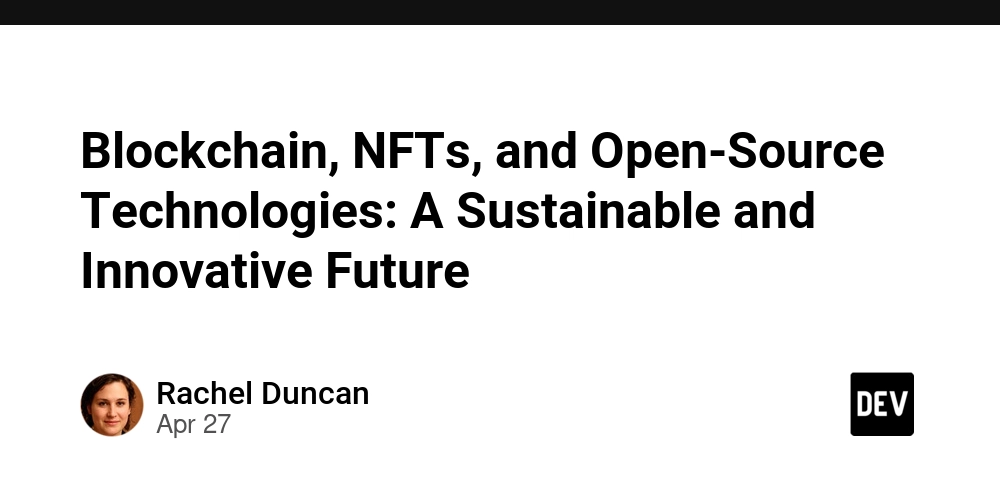
Abstract
This post explores how blockchain, non-fungible tokens (NFTs), and open-source licensing converge to forge a sustainable and innovative digital ecosystem. By detailing key concepts like decentralized ledgers, smart contracts, and tokenized rewards, we present practical use cases, applications, and future innovations that address environmental concerns and technological challenges. We also analyze regulatory, technical, and economic hurdles while linking to authoritative sources such as the Original Article, Copyleft Licenses Ultimate Guide, and other trusted resources. Finally, we explore community-driven models and funding strategies that ensure sustainable open-source development and digital asset management.
Introduction
In today’s rapidly evolving technological landscape, blockchain, NFTs, and open-source technologies are redefining how we approach sustainability and innovation. These tools are not only transforming industries but also paving the way for greener practices and decentralized governance. By integrating these diverse yet interrelated domains, businesses and developers can harness transparency, accountability, and community collaboration. This post delves deep into the core components of these technologies, their historical contexts, and the transformative roles they play in addressing modern-day challenges.
Background and Context
Blockchain technology was originally introduced as the decentralized ledger behind cryptocurrencies like Bitcoin. Over the years, its application has expanded into various fields such as supply chain tracking, digital identity management, and even environmental conservation. The decentralized nature of blockchain ensures immutability, transparency, and decentralized governance through consensus mechanisms—whether via Proof of Work (PoW) or its greener counterpart, Proof of Stake (PoS).
NFTs (Non-Fungible Tokens), meanwhile, have become synonymous with digital art, collectibles, and digital ownership, despite once raising concerns over energy consumption. By transforming digital assets into unique, tokenized records on a blockchain, NFTs validate ownership and authenticity. Industry trends suggest that eco-friendly protocols and optimized transaction methods are steadily reducing their environmental impact.
Meanwhile, open-source licensing empowers developers with the freedom to collaborate, share, and innovate. Transparent licensing models such as those detailed in the Copyleft Licenses Ultimate Guide ensure that intellectual property is both protected and shared in a manner that fuels innovation. Today’s ecosystem, which integrates blockchain with open-source principles, often leverages tokenized rewards to incentivize contributions and maintain financial sustainability.
Together, these technologies form a robust, interlinked ecosystem that:
- Drives decentralization and enhances data security.
- Utilizes smart contracts to automate complex processes.
- Employs tokenization to ensure fair and transparent reward systems.
- Supports sustainability through eco-friendly innovations across digital and physical frameworks.
Core Concepts and Features
Blockchain Fundamentals
Blockchain operates as a decentralized ledger maintained by a network of nodes. Its major features include:
- Transparency: Every transaction is recorded for public verification.
- Immutability: Once added, data is permanent.
- Decentralized Governance: No single entity controls the network.
Technically, blockchain relies on cryptographic algorithms and consensus mechanisms like PoW and PoS. While PoW used in early implementations such as Bitcoin is energy-intensive, PoS offers a greener approach. This shift is critical for reducing the carbon footprint associated with blockchain operations and is a prime example of how eco-friendly blockchain protocols are emerging to combat environmental challenges.
NFTs: Unique Digital Assets
Non-fungible tokens (NFTs) are distinctive digital assets that provide a verifiable proof of ownership. Their defining features include:
- Tokenization: Digital files are converted into immutable blockchain tokens.
- Smart Contracts: Automated royalty and licensing processes ensure creators are rewarded consistently.
- Provenance Tracking: Blockchain records guarantee authenticity, a key factor in digital art valuation.
Despite early energy-related concerns, industry advancements saw NFTs transition toward efficient mechanisms like PoS. Efforts cited in sources such as the Berita NFT Indonesia Q1 2025 highlight sustainable practices that minimize carbon emissions while preserving the uniqueness of digital assets.
Open-Source Licensing and Funding Models
Open-source software thrives on collaboration and transparency. Its key aspects include:
- Contributor Recognition: Clear agreements, such as Contributor License Agreements (CLAs), protect both developers and users.
- Financial Sustainability: Funding models like GitHub Sponsors, Gitcoin Grants, and token-based rewards enable long-term project viability.
- Interoperability: Open standards promote robust integrations across platforms.
By integrating blockchain with open-source practices, developers can tokenize contributions, securely track funding, and ensure transparent licensing. These features promote both fairness and resilience in digital innovation.
Overlapping Features and Synergies
The convergence of these technologies brings forth powerful synergies:
- Decentralized Trust: Blockchain’s immutable ledger and open-source community validation generate a high degree of trust.
- Automated Processes: Smart contracts drive both NFT transactions and open-source reward systems.
- Transparency and Accountability: The permanent recording of transactions maintains a culture of accountability across all platforms.
- Eco-Friendly Innovations: Emerging platforms are designed to reduce energy usage, promoting sustainable practices across ecosystems.
Below is a comparison table that illustrates these overlapping features:
| Feature | Blockchain | NFTs | Open-Source Licensing |
|---|---|---|---|
| Decentralization | Distributed ledger | Unique tokenized digital assets | Community-driven development |
| Transparency | Immutable records | Provenance and authenticity | Accessible code and funding flows |
| Automation | Smart contract execution | Automated royalties | Tokenized reward distribution |
| Energy Usage | PoW (High) vs. PoS (Reduced) | Initially high, improving | Funding models encourage efficiency |
| Innovation Model | Decentralized and secure | Verified digital ownership | Collaborative and financially sustainable |
Applications and Use Cases
1. Environmental Sustainability and Waste Management
Blockchain’s transparency is revolutionizing environmental initiatives such as waste management:
- Real-Time Tracking: Integrating IoT sensors with blockchain facilitates real-time tracking of waste streams.
- Illegal Dumping Prevention: Immutable records help deter environmental violations.
- Tokenized Incentives: Communities can earn tokens as rewards for meeting recycling or sustainability benchmarks.
For instance, innovative projects use smart contracts to automate rewards when recycling targets are achieved. This not only boosts operational efficiency but contributes to a greener urban environment.
2. Digital Art and NFT Marketplaces
NFTs have redefined digital art by enabling secure digital ownership and verifiable provenance:
- Art Blocks Examples: Platforms like Art Blocks leverage algorithmic art, verified on the blockchain, ensuring creators receive royalties on every resale.
- Eco-Friendly Platforms: Transitioning from energy-intensive PoW to sustainable PoS methods reduces environmental impact.
- Direct Artist-Buyer Engagement: Cutting intermediaries ensures artists receive fair compensation and full creative control.
These marketplaces not only create thriving economic models for artists but also foster an ecosystem where digital authenticity and ownership are maintained through blockchain.
3. Open-Source Funding and Collaborative Models
Open-source teams are embracing blockchain-based funding to sustain their projects:
- Tokenized Reward Systems: Tokens reward contributors, ensuring financial transparency.
- Crowdfunding and Sponsorship: Platforms such as GitHub Sponsors and Gitcoin Grants allow developers to receive direct funding, further supported by smart contract-triggered disbursements.
- Collaborative Innovation: Open-source projects benefit from the collective intelligence and resources of a global community.
A typical example involves a waste management system where:
- Blockchain tracks recycling efforts.
- NFTs symbolize achievements and sustainability badges.
- Open-source licensing ensures the code remains accessible for community audits and contributions.
Key benefits include:
- Enhanced Transparency: Every transaction is verifiable.
- Economic Incentives: Token rewards encourage community participation.
- Collaborative Innovation: Open-source frameworks enable shared growth.
- Environmental Impact: Energy-efficient protocols reduce carbon footprints.
- Secure Transactions: Automation through smart contracts lowers risks.
Challenges and Limitations
While there is enormous potential, several challenges remain:
Technical Challenges
- Scalability Issues: High transaction volumes on PoW blockchains result in latency and higher fees. Solutions like layer-2 scaling and PoS transitions are emerging but require ongoing refinement.
- Interoperability Concerns: Integrating various blockchain protocols can be complex, often leading to compatibility problems that hinder seamless data exchange.
- Security Vulnerabilities: Bugs in smart contracts or improper audits can expose systems to fraud, underscoring the need for rigorous security protocols.
Regulatory and Environmental Challenges
- Regulatory Uncertainty: Global legal frameworks for blockchain and NFTs are still under development. Jurisdictional differences can complicate compliance and restrict cross-border projects.
- Environmental Impact: Although newer protocols are more sustainable, the legacy energy consumption of early PoW models continues to pose significant issues.
Economic and Adoption Hurdles
- High Initial Costs: Incorporating blockchain infrastructure into existing systems demands significant investment, particularly for small enterprises.
- Market Volatility: Digital asset prices, especially those associated with NFTs, can be highly volatile, impacting user confidence.
- Fragmented Ecosystem: With diverse technologies operating under different standards, cohesive governance and uniformity remain challenging.
For further discussion on network scalability and developer perspectives, check out discussions like Arbitrum and Network Congestion and commentary on open-source sustainability in posts like Open-Source Developer Patronage Programs.
Future Outlook and Innovations
Looking ahead, we expect remarkable trends that will drive broader adoption and greener practices across blockchain, NFTs, and open-source software:
- Advanced Smart Contracts: Future innovations will include more secure and complex smart contracts that can manage multifaceted computations—from dynamic NFT royalties to automated environmental monitoring.
- Interoperable Blockchain Ecosystems: Efforts towards standardized protocols will enable seamless cross-chain data exchange and facilitate a unified ecosystem.
- Enhanced Open-Source Funding Mechanisms: New models, including quadratic funding and token-based sponsorships, will democratize project finances, ensuring continuous innovation and community growth.
- Green Certifications: We may see the development of green labels for blockchain projects that adhere to strict eco-friendly standards, guiding investors and end users.
- Cross-Sector Collaborations: Partnerships between public institutions and private enterprises will harness blockchain for efficient supply chains, digital identity verification, and scalable waste management systems.
In a Dev.to post on open-source licensing, industry experts discuss these trends in detail. For additional insights on community governance and funding models, refer to Navigating the Complex World of Open Source Project Sponsorship.
Summary
To summarize, the convergence of blockchain technology, NFTs, and open-source licensing marks a transformative era in digital innovation. From environmental sustainability initiatives like waste management to the dynamic world of digital art and open-source funding models, these technologies offer robust solutions that prioritize transparency, decentralization, and accountability.
Key highlights include:
- Blockchain Fundamentals: Decentralized, immutable ledgers powered by secure consensus mechanisms.
- NFT Innovations: Unique digital assets that verify ownership, now transitioning toward green protocols.
- Open-Source Licensing: Collaborative models boosted by tokenized rewards and community funding.
- Applications: From environmental tracking to digital art marketplaces, real-world use cases illustrate their transformative power.
- Challenges: Scalability, interoperability, regulatory uncertainty, and economic hurdles require ongoing refinement.
- Future Trends: Enhanced smart contracts, interoperable ecosystems, new funding mechanisms, and eco-certifications promise a sustainable digital future.
In closing, embracing these integrated models is critical for building a greener, inclusive, and innovative digital ecosystem. By leveraging decentralized trust, transparent funding, and smart automation, stakeholders from governments to private developers are poised to drive forward a revolution in technology that not only promotes innovation but also actively safeguards our planet.
For more detailed explorations into sustainable technologies, you can check back to the Original Article and other authoritative resources such as the Copyleft Licenses Ultimate Guide. Additionally, insights on related projects can be found in posts like Legal Dimensions of Fragment Telegram.
Additional Resources and Further Reading
- News AI Q1 2025
- Berita NFT Indonesia Q1 2025
- Firefox Data Sharing & Privacy
- Best Privacy Browsers 2025
For further insights on the future of blockchain scalability, innovative funding models, and open-source licensing dynamics, consider exploring:
- Arbitrum and Network Congestion: Navigating the Future of Scalable Decentralized Applications
- Open-Source Developer Patronage Programs – A Sustainable Future for FOSS
- Navigating the Complex World of Open Source Project Sponsorship
By embracing these converging trends, we are on the cusp of a digital revolution that champions both technological advancement and ecological responsibility. The integration of blockchain, NFTs, and open-source licensing is not just a technological trend—it is a holistic approach to crafting a sustainable, innovative, and inclusive future.

































































































































































![[The AI Show Episode 143]: ChatGPT Revenue Surge, New AGI Timelines, Amazon’s AI Agent, Claude for Education, Model Context Protocol & LLMs Pass the Turing Test](https://www.marketingaiinstitute.com/hubfs/ep%20143%20cover.png)















































































































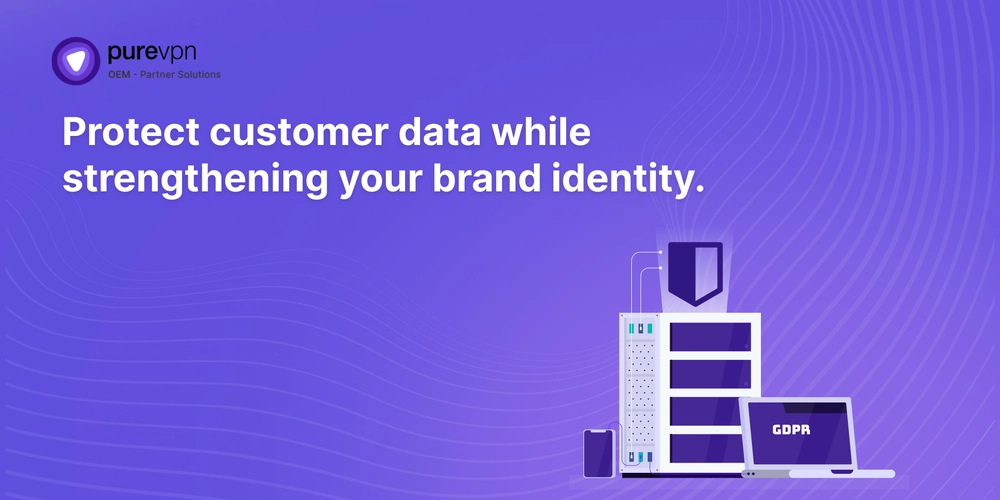
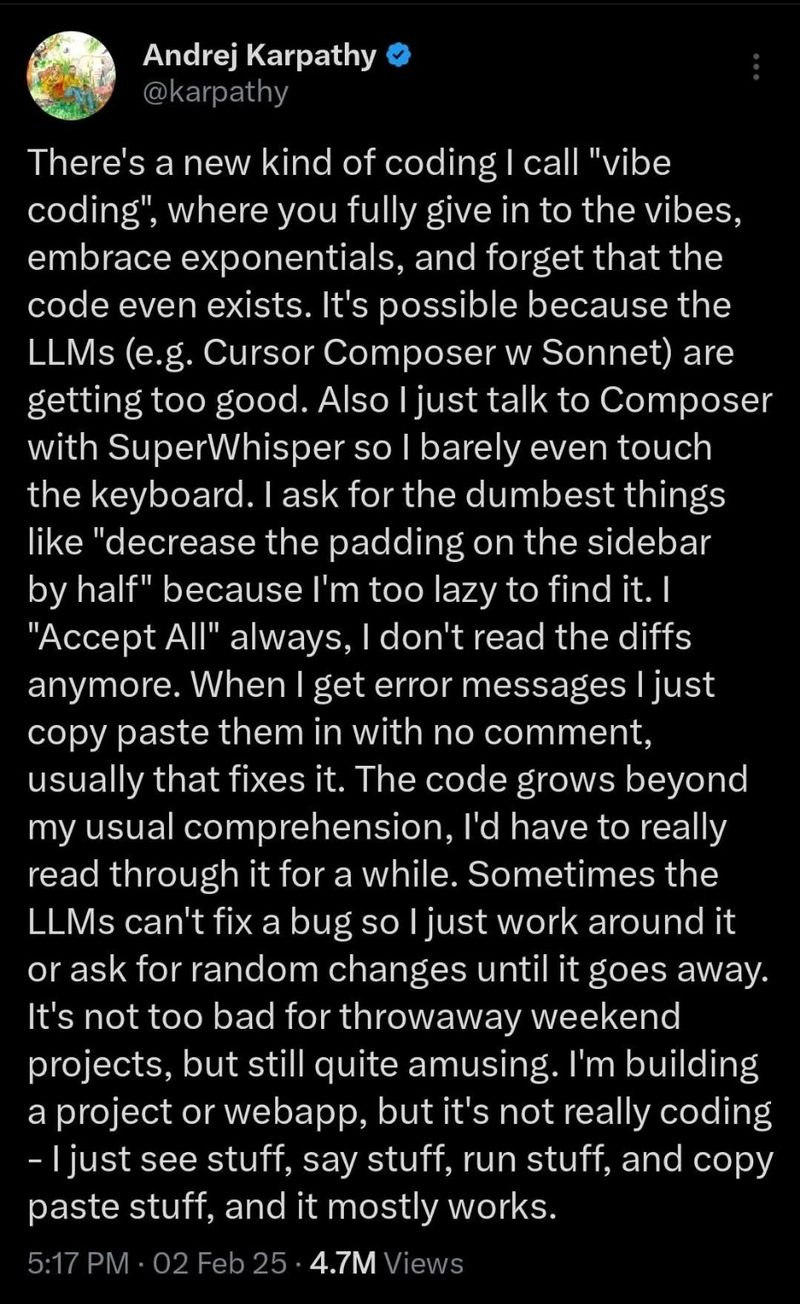














![[DEALS] Koofr Cloud Storage: Lifetime Subscription (1TB) (80% off) & Other Deals Up To 98% Off – Offers End Soon!](https://www.javacodegeeks.com/wp-content/uploads/2012/12/jcg-logo.jpg)


















































































































-RTAガチ勢がSwitch2体験会でゼルダのラスボスを撃破して世界初のEDを流してしまう...【ゼルダの伝説ブレスオブザワイルドSwitch2-Edition】-00-06-05.png?width=1920&height=1920&fit=bounds&quality=70&format=jpg&auto=webp#)




















_roibu_Alamy.jpg?width=1280&auto=webp&quality=80&disable=upscale#)


















































































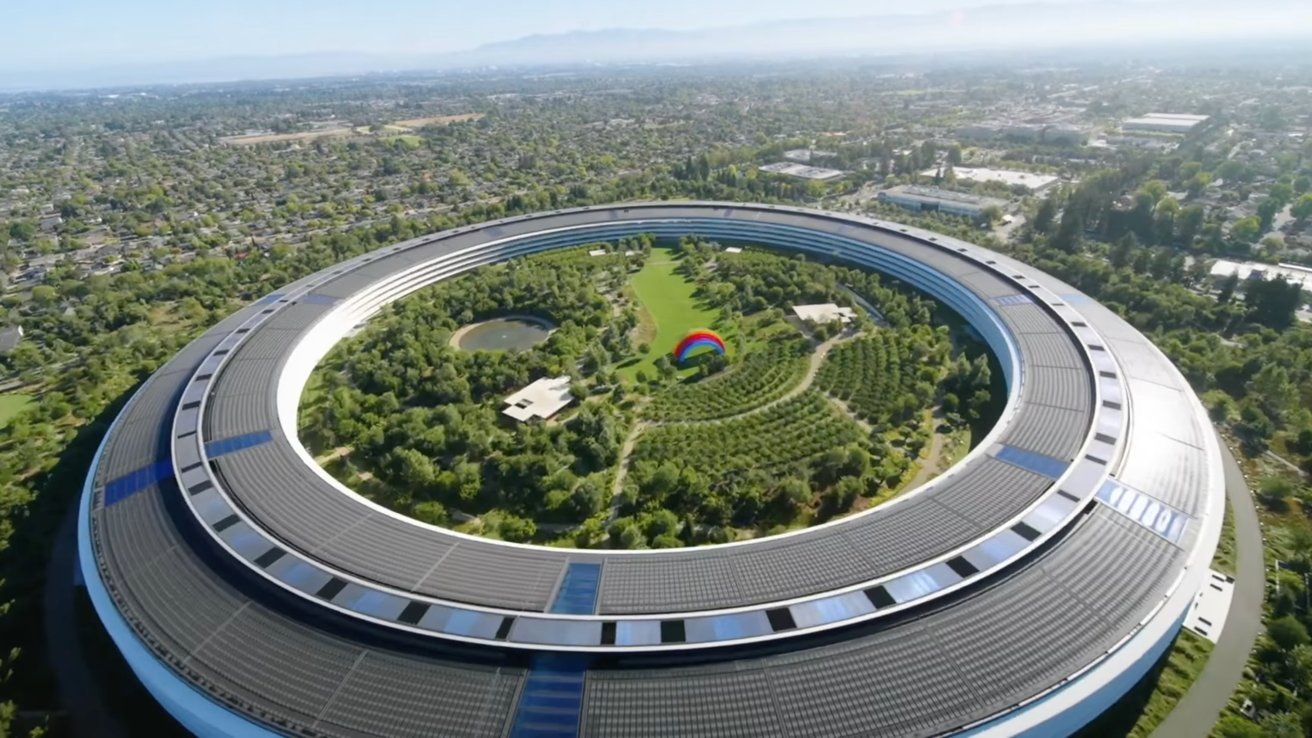








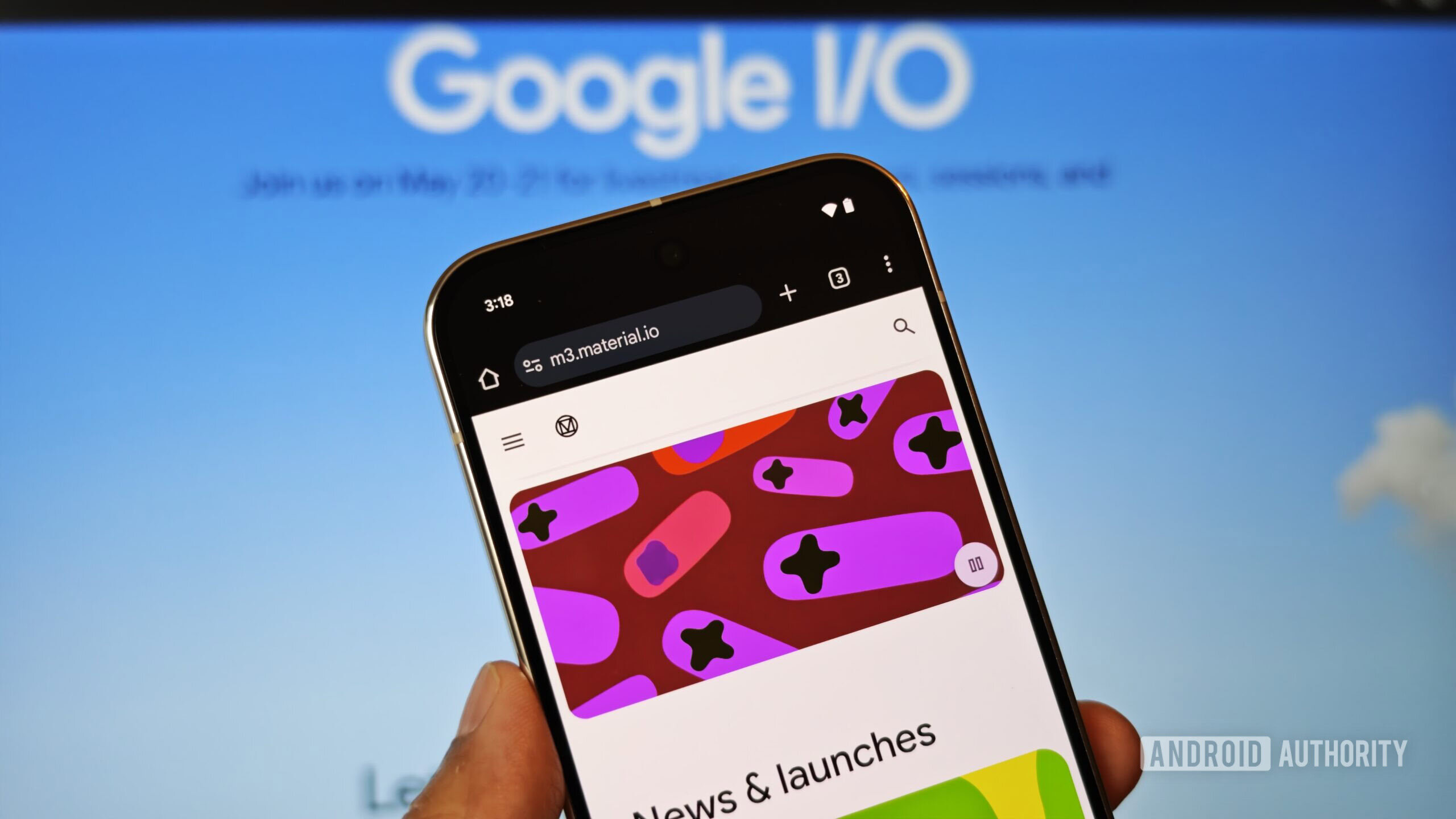
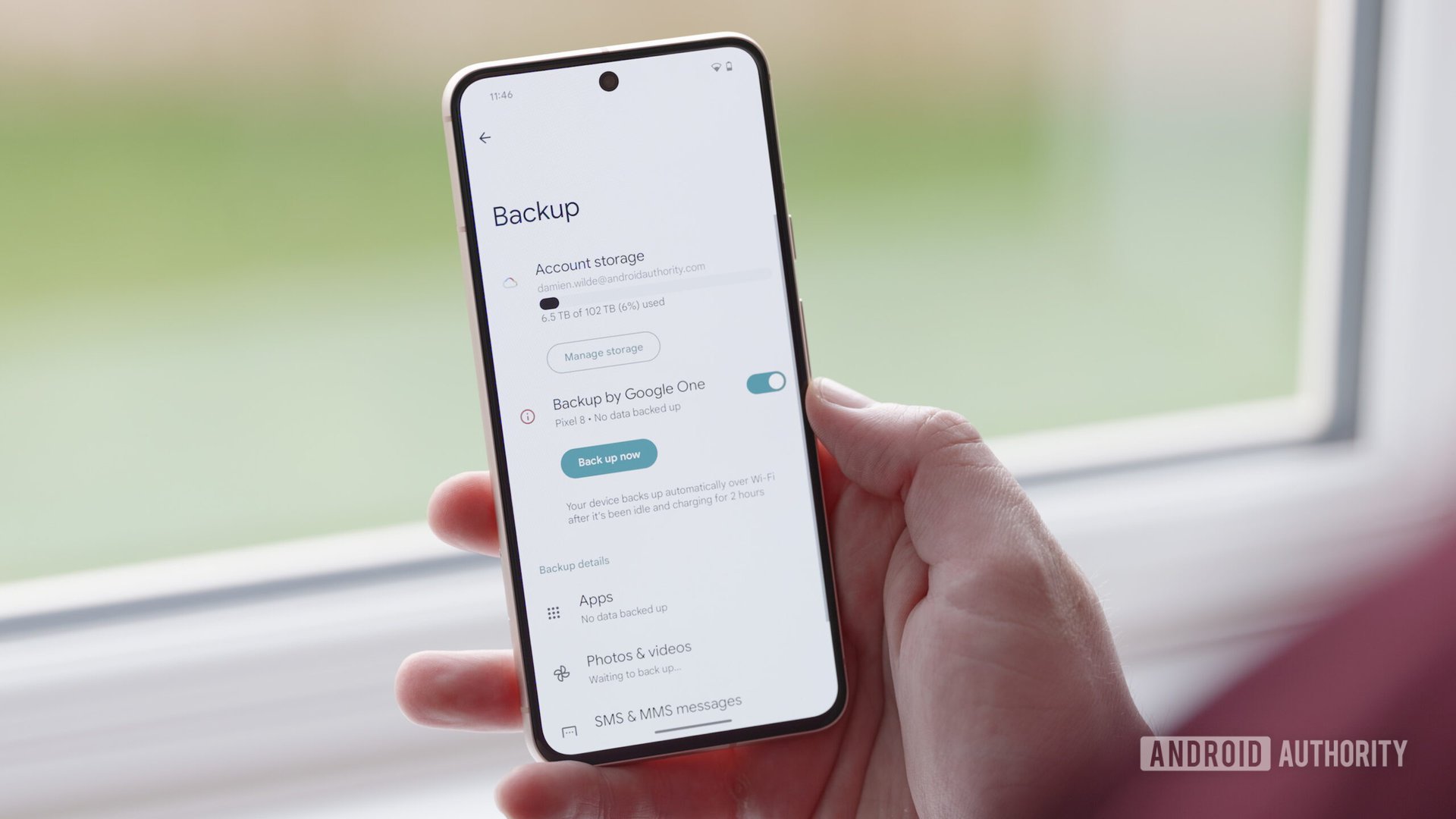















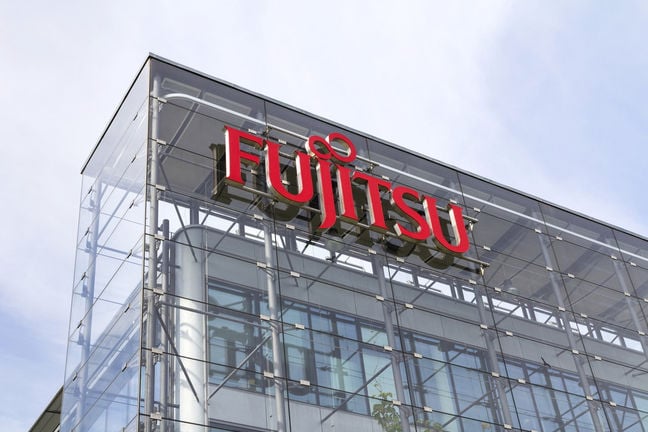


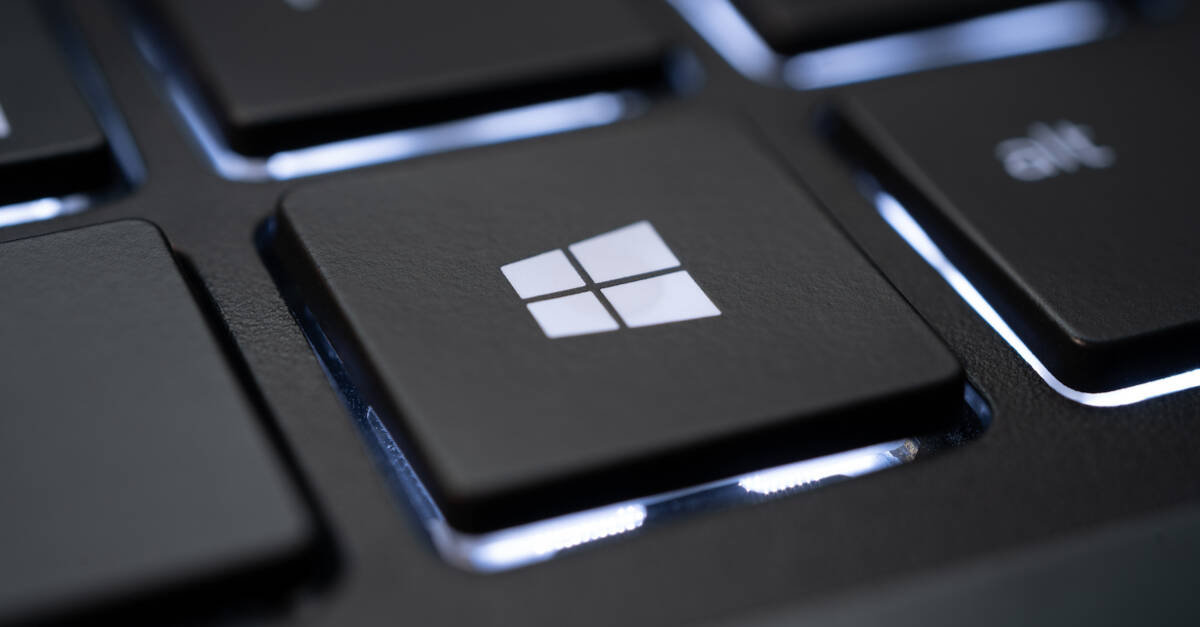
![M4 MacBook Air Drops to Just $849 - Act Fast! [Lowest Price Ever]](https://www.iclarified.com/images/news/97140/97140/97140-640.jpg)
![Apple Smart Glasses Not Close to Being Ready as Meta Targets 2025 [Gurman]](https://www.iclarified.com/images/news/97139/97139/97139-640.jpg)
![iPadOS 19 May Introduce Menu Bar, iOS 19 to Support External Displays [Rumor]](https://www.iclarified.com/images/news/97137/97137/97137-640.jpg)













